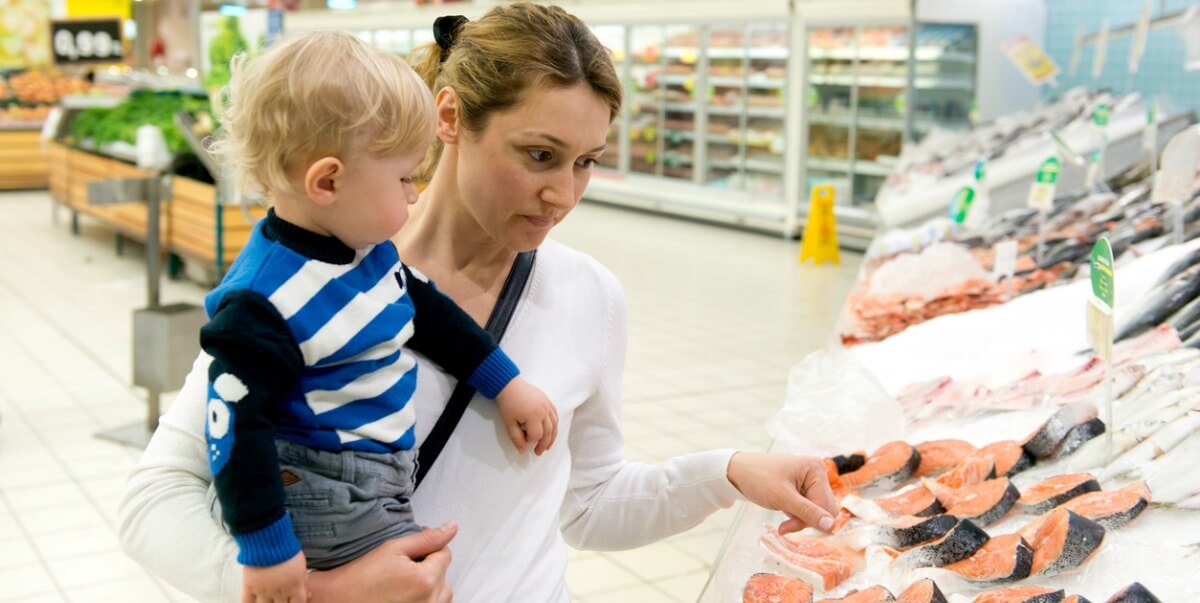
What Are We Really Eating?
The summer travel season is just about here and with it many of us will pack up and head to the beach for some much-needed R&R. Just as ubiquitous as the sand in your shorts after a day by the water, eating fresh seafood is a loved family tradition. However, you might want to double-check what it is you are really eating from your favorite seaside restaurant or buying at your local fresh fish market. A report published by Oceana last fall reveals that seafood bait and switch is far more popular than many people think.
In fact, many of your “favorite” fish may not be what you think they are at all.
The Oceana Report
Oceana is a nonprofit international organization. It is “focused solely on oceans, dedicated to achieving measurable change by conducting specific, science-based campaigns with fixed deadlines and articulated goals.”
One of Oceana’s primary goals is a sustainable, honest international seafood industry. In September, Oceana released a report about the practice of seafood “bait and switch.” This occurs when suppliers or retailers mislead customers about the seafood they purchase in the interest of increased profits. As a result, consumers are not given accurate information about the origin of the fish, whether it was farmed or wild caught, and, in many cases, its species.
For this report, Oceana took 25,000 samples of seafood from all over the world. It tested each sample to determine its species and compared it to its original label or menu listing.
The results: 1 in every 5 samples were mislabeled.
More troubling, however is that deeper investigation into this problem revealed that it wasn’t just individual consumers who were being defrauded. Oceana’s investigation found evidence of mislabeling at every level of the supply chain. That means there were problems stemming from fishermen to distributors to the supermarket seafood counter.
Fish Labelling Matters!
There are some pretty obvious issues when we find out that food is not what it seems. Quality, for example, matters. You need to know where a fish came from and how it was raised. Health is another key concern. Mislabeled seafood may not be traced back to the proper source if there is a recall. Furthermore, anyone with a specific allergy to a specific fish is put at risk.
For example, one oft-quoted statistic from the September report is that snapper is mislabeled a whopping 87% of the time. Other common mislabeled fish include perch, swordfish, and grouper. These fish are often replaced by the white-fleshed Asian catfish. This is a problem for those who follow the Jewish laws of Kashrut, for example, because catfish are “bottom feeders.”
Finally, trust is another big reason that seafood mislabeling should upset us all. Both consumers and businesses need to trust their suppliers. That’s how you feel good about parting with your money, and the heart of the seafood bait and switch is just that: money. Asian catfish and grouper may taste similar, but there are important differences. The quality may be less. The health effects questionable. And, most importantly, at the end of the day, you didn’t get what you paid for.
How to Protect Your Plate – and Your Seafood Budget – This Summer
Keeping your plate and your money protected from seafood bait and switch is not as simple as it seems. One of the predominant arguments of the Oceana report is the need for stricter regulations about seafood labelling. However, distributors and organizations such as the National Fisheries Institute are resistant to such measures. Before he left office, President Obama signed an order to create a Seafood Import Monitoring Program starting January 2018. However, there is no news as to whether or not the new administration will allow it to go forward.
Therefore, consumers need to take action themselves and take steps to check their seafood. Currently, there is no USDA standard for labelling seafood. However, several independent third parties do offer consumers assistance such as the Marine Stewardship Council and the International Seafood Sustainability Foundation. The National Oceanic and Atmospheric Association (NOAA) offers guidance on how to assess these third parties here.
Furthermore, there are examples of restaurants across the country who are taking it upon themselves to check their seafood. Speak with managers and other restaurant staff to see if you are at one. Ask about where they get their seafood and how they check it. If their answers are shady or uncertain, consider ordering chicken instead.
